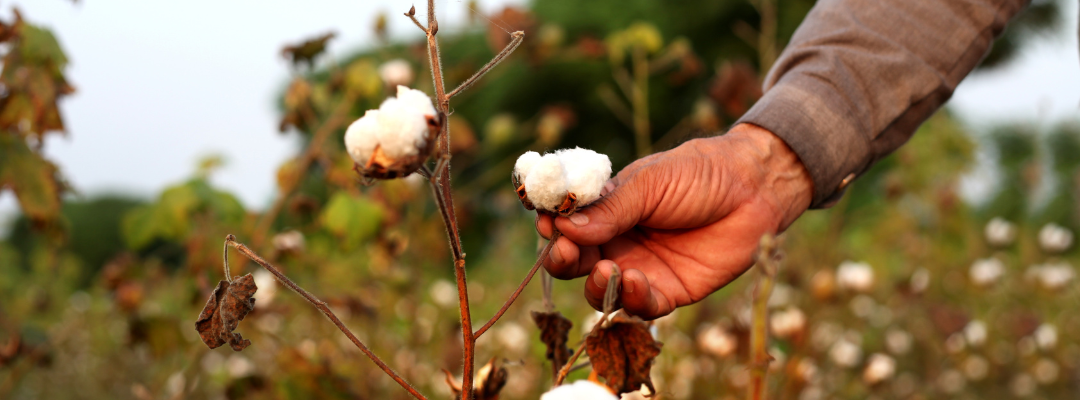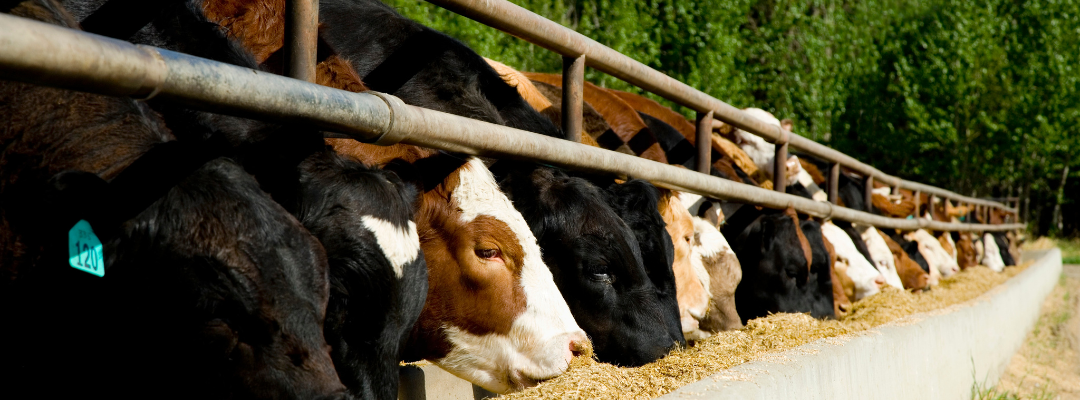Every year, the U.S. Department of Agriculture’s (USDA) National Agricultural Statistics Service (NASS) releases its projected harvest acres for U.S. cotton starting in August. The report provides updated information about expected U.S. cotton production. In 2022, the U.S. planted 12.3 million acres of upland cotton, the highest in 3 years, which was mainly due to historically high cotton prices during the decision-making and planting window.
However, in 2022, the overall U.S. abandonment rate for upland cotton is estimated at 43.4%, which is the highest on record since 1953. The abandonment rate, which measures the percentage of unharvested acres compared to total planted acres, provides an estimate of the number of failed acres versus the number of acres that will be harvested. Severe drought conditions hit the largest cotton production regions in the Southwest (Texas, Oklahoma, and Kansas) and the West (California, Arizona, and New Mexico). The abandonment rate for Texas (Figure 1A) reached 69%. Texas planted 7.1 million acres of cotton in 2022 – by far the largest of any state – representing 57.6% of total U.S. planted acres (Figure 1B). By contrast, drought impacts were less severe in the Delta (Missouri, Arkansas, Louisiana, Mississippi, and Tennessee) and Southeast (Alabama, Georgia, Florida, South Carolina, North Carolina, and Virginia).
As a result of the drought conditions this year, upland cotton harvested acreage in the U.S. is projected at 7.0 million acres, which is the lowest amount of harvested acreage in over 150 years. The projected high abandonment rate in the U.S. reduced expected cotton production to 12.2 million bales, compared to the 10-year average of 16 million bales, according to USDA’s Foreign Agricultural Service. If realized, it would also be the smallest U.S. crop since 2009. U.S. cotton demand (mill use plus exports) for the 2022 crop is forecast at 14.3 million bales, exceeding production. As a result, ending stocks in the U.S. are expected to decline to 1.8 million bales, the lowest on record since 1960. The low supply of U.S. cotton provides support for domestic cotton prices. For the 2022/2023 marketing year, upland cotton prices are forecast at 97 cents per pound. If realized, it would be the highest price on record since 1909.
Figure 1A. Abandonment rate for cotton-producing states in the U.S. in 2022

Figure 1B. Planted acres and harvested acres of the cotton-producing states in the U.S. in 2022 Abandonment Rate = 1 – Harvested Acre/Planted Acre

References and Resources:
U.S. Department of Agriculture. 2022a. Production, Supply, and Distribution Database. Washington, DC: U.S. Department of Agriculture, Foreign Agricultural Service. Available online: https://apps.fas.usda.gov/psdonline/
U.S. Department of Agriculture. 2022b. Quick Stats. Washington, DC: U.S. Department of Agriculture, National Agricultural Statistics Service. Available online: https://quickstats.nass.usda.gov/
Liu, Yangxuan. “High Abandonment Acres for U.S. Cotton Projected Due to Drought“. Southern Ag Today 2(37.1). September 5, 2022. Permalink







